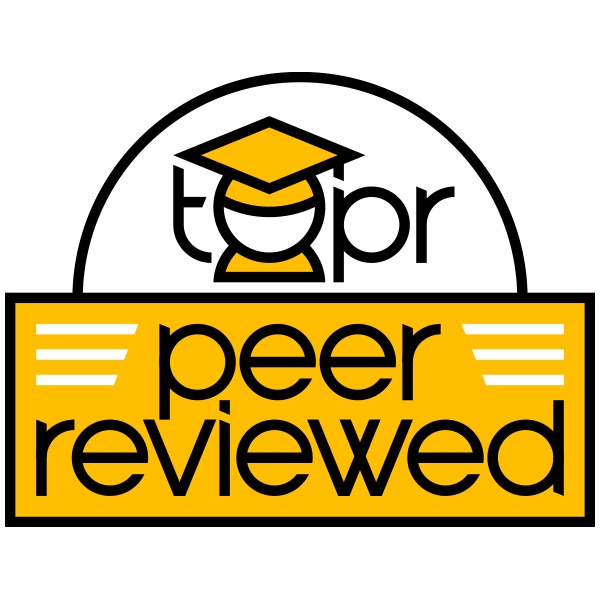
The global movement of utilizing Open Educational Resources (OER) to enhance or build course content is rapidly growing amongst educators (Hilton, Wiley, Stein, & Johnson, 2010). Faculty are using OER to provide access to educational materials at little to no cost, allowing for up-to-date, relevant and accessible content to students.
Hylén (2006) defines OER as “digitized materials offered freely and openly for educators, students and self-learners to use and reuse for teaching, learning and research.” This idea suggests that the OER face little to no restrictions when sharing teaching and learning materials under an open license. Open permissions and licensing within OER enable educators to adapt and repurpose the content to make it relevant to need and context. (Miao, Mishra, & McGreal, 2016). Thereby creating an option beyond writing content from scratch and linking faculty with more dynamic, collaborative content.
For faculty, the practice of utilizing OER saves significant time in the individual design, development and writing of content for courses. For students, OER such as open textbooks are preferred as they face little to no out of pocket expense for required textbooks. As the cost for textbooks continue to rise, the benefits for both educators and students come to be more obvious (Miao et al., 2016).
OER may be obtained from a number of online collections or repositories including OER Commons, a site offering users a connection to share universally with other educators. Also, academic librarians are often supportive in ascertaining OERs, making OERs more accessible and discoverable.
Some things to consider when using OER:
- Understand use and limitations and permissions of use
- Ensure resources are current
- Credentials of author
- Quality of content
- Accessible to all users (cultural, language, ADA)
Link to example artifact(s)
- Instructor: Dr. Deanna Sellnow
- Course Title: COM1000 – Introduction to Communication
In this online course, OER were integrated into module content. The required course textbook did not meet the content standards she desired for this particular topic. The faculty member sought new options within OER. An online book licensed under Creative Commons was found containing a chapter substantially updated with up-to-date ideas and practices. Under the license of Creative Commons, the content was able to be shared freely as long as credit was given to the author.
- Instructor: Dr. Steve Collins
- Course Title: MMC3200 – Mass Communication Law
As a faculty member, writing the content for the course may be time consuming enough without considering the design elements of a course such as visual aids, illustrations and images. The faculty member was in search of OER to meet the needs of making the course visually engaging to students. Images relating to the content, including infographics, icons and political cartoons were obtained under Creative Commons and used within the course.
Links to external resources
Link to scholarly reference(s)
Hilton III, J., Wiley, D., Stein, J., & Johnson, A. (2010). The four ‘R’s of openness and ALMS analysis: frameworks for open educational resources. Open Learning, 25(1), 37-44.
Hylén, J. (2006). Open educational resources: Opportunities and challenges. Proceedings of Open Education, 49-63.
Miao, F., Mishra, S., & McGreal, R. (2016). Open educational resources: policy, costs, transformation. UNESCO Publishing.
Citation
Salter, A. (2016). Implement open educational resources. In B. Chen & K. Thompson (Eds.), Teaching Online Pedagogical Repository. Orlando, FL: University of Central Florida Center for Distributed Learning. https://topr.online.ucf.edu/open-educational-resources-a-significant-movement-in-education/.